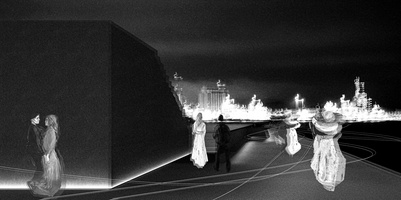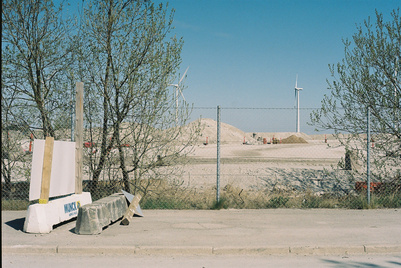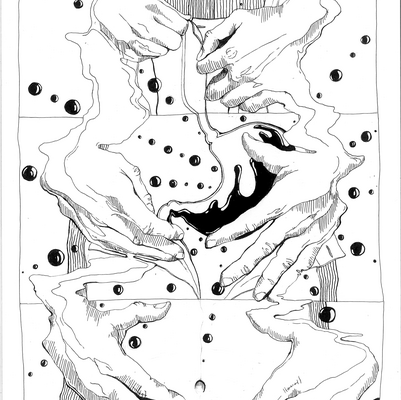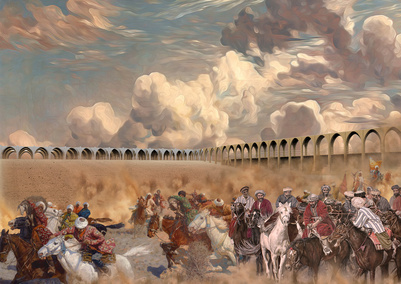Name
Camila Marietta Viancos-Holst
Education degree
Master
Subject area
Architecture
Study programme
Political Architecture: Critical Sustainability
Year
2022



Kinship House - Living in clusters making kinship across families and generations. #Sharemore #liveslower #degrowtheconomy

Building process and biodiversity as it reemerges when we flood old farmland.
The Royal Danish Academy supports the Sustainable Development Goals
Since 2017 the Royal Danish Academy has worked with the Sustainable Development Goals. This is reflected in our research, our teaching and in our students’ projects. This project relates to the following UN goal(-s):
Sustainable cities and communities (11)
















































































